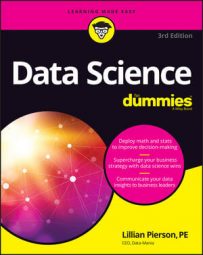The challenge for data journalists in this case was to discover and disclose data insights that were relevant to the public without compromising the safety of ordinary citizens.
Among the documents leaked by Snowden was the so-called Black Budget for fiscal year 2013, a 178-page line-by-line breakdown of the funds that were earmarked for 16 various U.S. federal intelligence agencies. Through the Washington Post's "The Black Budget," the American public was informed that $52.6 billion taxpayer dollars had been spent on mostly covert federal intelligence services in 2013 alone.
The Washington Post did a phenomenal job in its visual presentation of the data. The opening title is a somber visual pun: The words The Black Budget are written in a huge black box contrasted only with gray and white. This layout visually implies the serious and murky nature of the subject matter. The only touch of color is a navy blue, which conjures a vaguely military image and barely contrasts with the black. This limited palette is continued throughout the visual presentation of the data.
Washington Post data journalists used unusual blocky data graphics — an unsettling, strangely horizontal hybrid of a pie chart, a bar graph, and a tree map — to hint at the surreptitious and dangerous nature of the topic, as well as the shady manner in which the information was obtained.
The data graphics used in the piece exhibited a low data-to-ink ratio — in other words, only a little information is conveyed with a lot of screen space. Although normally a low data-to-ink ratio indicates bad design, the data-to-ink ratio here effectively hints that mountains of data lie underneath the layers being shown, and that these layers remain undisclosed so as not to endanger intelligence sources and national security.
Traditional infographic elements used in this piece include stark, light gray seals of the top five intelligence agencies, only three of which the average person would have ever seen. Simple bar charts outlined funding trends, and people-shaped icons represented the army of personnel involved in intelligence gathering.
A lot of thought went into the collection, analysis, and presentation of this story. Its ensemble is an unsettling, yet overwhelmingly informative, piece of data journalism. Although this sort of journalism was in its infancy even just a decade ago, now the data and tools required for this type of work are widely available for journalists to use to quickly develop high-quality data journalism articles.

